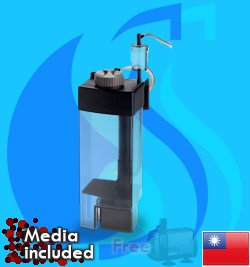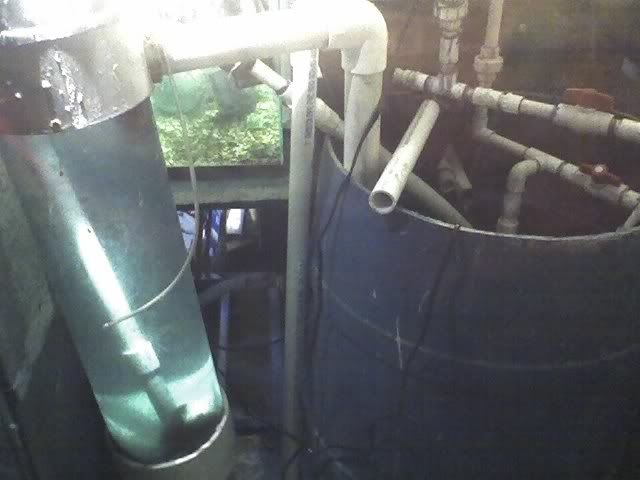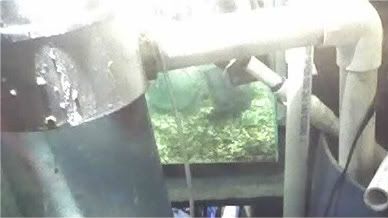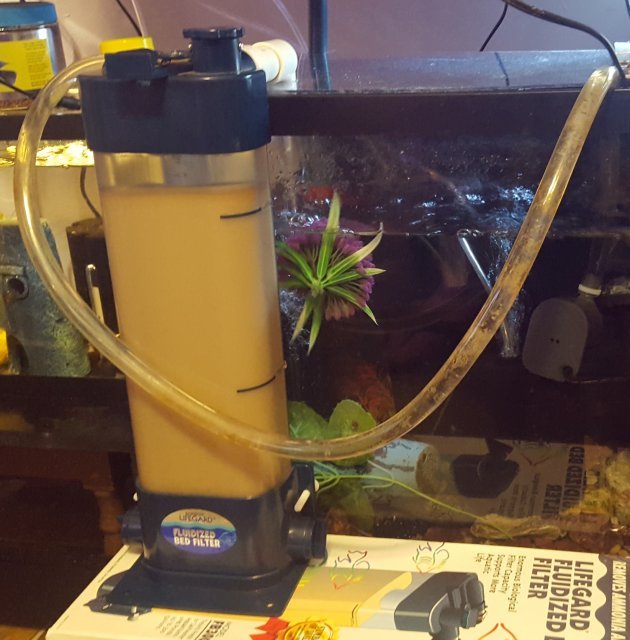I want to build a DIY moving bed or fluidized bed sand filter, and I'm looking for advice from folks who have built one or use a commercial one.
What would you do different?
Do these things eventually sandblast the inside of the container? I would like to see the sand moving and I was just going to build a plexiglass box.
I use a small moving bed sand filter on my 30 gallon sump as an add-on to the biological filter media.
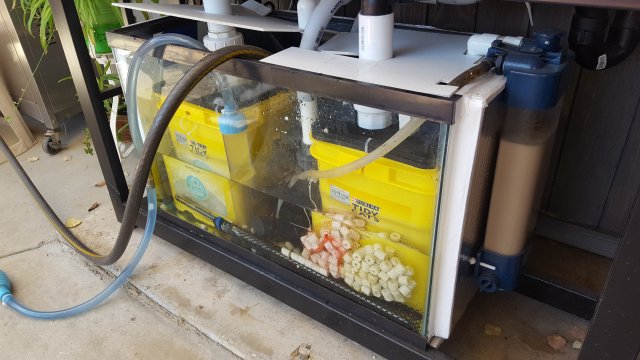
It runs off a small power head and it seems to work great but allows very little flow, unfortunately. This thing claims to filter an enormous 300g tank but the flow is pitiful. It looks like about 30 gallons per hour on a 60 GPH powerhead throttled way down. 1/4" pipe would handle it.
Of course this is why I want to build a large one. Something suitable for a 1" to 1.5" feed pipe.
It has been running for about a month Out of Doors where it can also grow a little bit of algae but it does not seem to. The tank it serves however is well coated with algae. The plastic appears to be UV resistant but I don't know if this has an effect on the growth of biologicals. The whole business has only been set up a minimal time and it was seeded with the materials of the previous aquariums.
By the way, you can see all of this in my patio tank thread under General Aquaria.
What would you do different?
Do these things eventually sandblast the inside of the container? I would like to see the sand moving and I was just going to build a plexiglass box.
I use a small moving bed sand filter on my 30 gallon sump as an add-on to the biological filter media.

It runs off a small power head and it seems to work great but allows very little flow, unfortunately. This thing claims to filter an enormous 300g tank but the flow is pitiful. It looks like about 30 gallons per hour on a 60 GPH powerhead throttled way down. 1/4" pipe would handle it.
Of course this is why I want to build a large one. Something suitable for a 1" to 1.5" feed pipe.
It has been running for about a month Out of Doors where it can also grow a little bit of algae but it does not seem to. The tank it serves however is well coated with algae. The plastic appears to be UV resistant but I don't know if this has an effect on the growth of biologicals. The whole business has only been set up a minimal time and it was seeded with the materials of the previous aquariums.
By the way, you can see all of this in my patio tank thread under General Aquaria.
Last edited:



